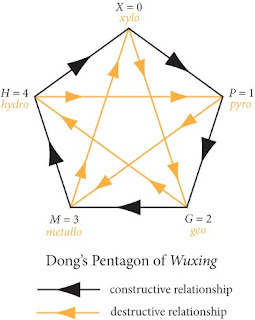On Dr. Ong Hean Tatt: Part II
Because of Ong's academic training, I am very curious about his amazing career transformation from a plant culture specialist to a self-proclaimed chinese culture specialist. To understand this conversion, it is maybe useful to briefly look at Ong's publication. Phase I: Ong's Scientific Publications (1972 -- 1990) Ong Hean Tatt (1972) Physiology of the responses of plant tissues to changes in water economy, PhD thesis, University of Malaya. Ong Hean Tatt (1976) Studies into tissue culture of oil palm. Proc. Malaysian International Agricultural Oil Palm Conference, Kuala Lumpur (14-17 June 1976) Ong Hean Tatt (1976) Development of in vitro culture techniques in MARDI as tools for plant propagation, Proc. National Plant Propagation Symposium, Kuala Lumpur (19-21 July, 1976) Ong Hean Tatt (1977) Water stress action on the isoenzymes patterns of proteins and peroxidases of excised tomato cotyledons, Proc. 4th Malaysian Biochemical Society Conference, Kuala Lumpur Ong Hean Tatt...

